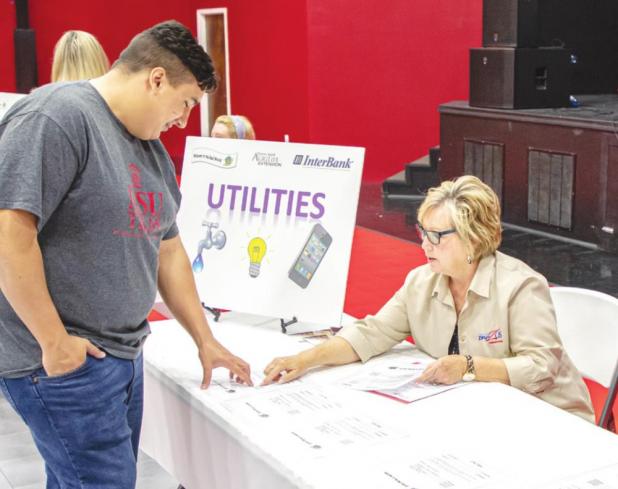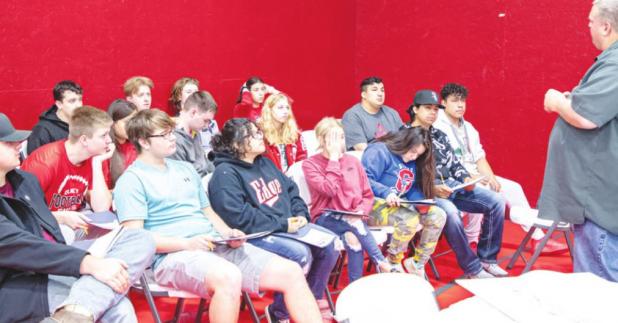

Welcome to the Real World!
In an effort to help youth make smart financial decisions and maintain financial stability, Texas A&M AgriLife Extension Service will be offering the Welcome to the Real World! program in schools across the state. Welcome to the Real World! is an experiential learning program that allows young people the opportunity to learn about personal finance through real-life learning experiences without the real-world consequences. The interactive, hands-on, real-life simulation gives senior high youth the opportunity to explore career opportunities and make lifestyle and budget choices similar to those adults face on a daily basis. The accompanying fact sheets help youth prepare financially for the future.
“The financial preparedness of our nation’s youth is essential to their well-being and of vital importance to our economic future,” Ben Bernanke said on financial literacy.
However, society as a whole is not doing a good job of educating young people on personal finance. According to a 2008 nationwide survey conducted by the Jump$tart Coalition for Personal Financial Literacy, high school seniors, on average, correctly answered only 48.3 percent of questions about personal finance and economics. That was even lower than the 52.4 percent in the previous survey in 2006 and marked the worst score out of the six surveys conducted so far.
According to a 2011 Teens and Money Survey, 86 percent of teens say that they would rather learn about money management in a class before making mistakes in the real world. Basic money-management skills are crucial building blocks for future economic self-sufficiency, yet research shows that many students are unable to effectively manage their finances when they graduate from high school. Programs such as Welcome to the Real World! help students learn financial management skills in the classroom and then give them the opportunity to try out those skills in a real-world situation without having to live with the consequences for a lifetime, says Angela McCorkle, Extension Program Specialist with the Texas A&M AgriLife Extension Service.
So how does the Welcome to the Real World! simulation work? Students assume they have completed basic educational requirements for their chosen career, are single, 25 years of age, and independent with no financial support from family or others. They choose a career and determine their salary for a month. Then they proceed through the Real World simulation, deducting taxes, determining a savings account, and spending their monthly “salary” on the necessary and luxury items that reflect the career and lifestyle they have chosen.
“During the simulation, students have the opportunity to ‘learn by doing’ as they have to balance their expenses and incomes, which are associated with daily life,” McCorkle said. “Students have the opportunity to make financial decisions that mirror real life situations.”
At the conclusion of the activities, students evaluate how well they spent/saved their money. They consider the choices they made and discuss what alternatives might be taken in the real world. “We hope the students will be able to take this Real World experience that is paired with financial literacy education and make great financial decisions throughout their life,” McCorkle concluded.
Schedule a teacher/agency training, or learn how to bring the Welcome to the Real World! simulation to your school, agency or organization by contacting Angela McCorkle at 979-845-3850, or armccorkle@ag.tamu.edu, or contact your local Texas A&M AgriLife Extension Service office.
